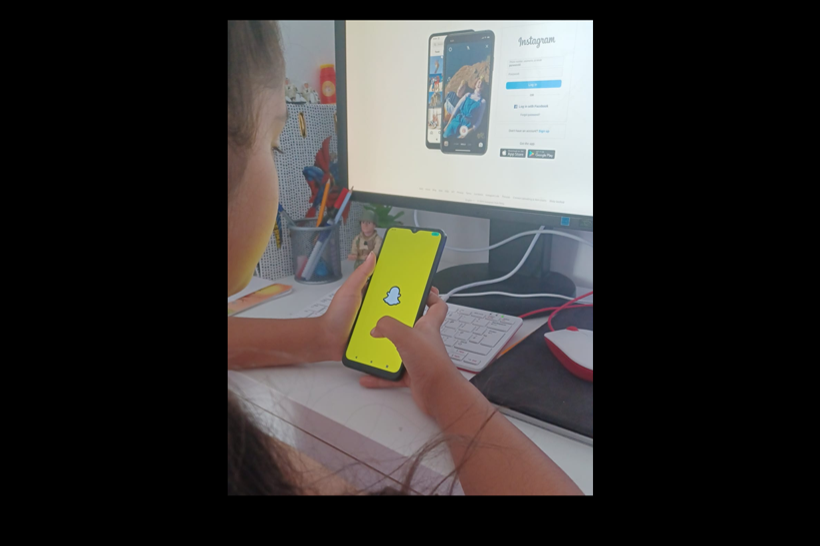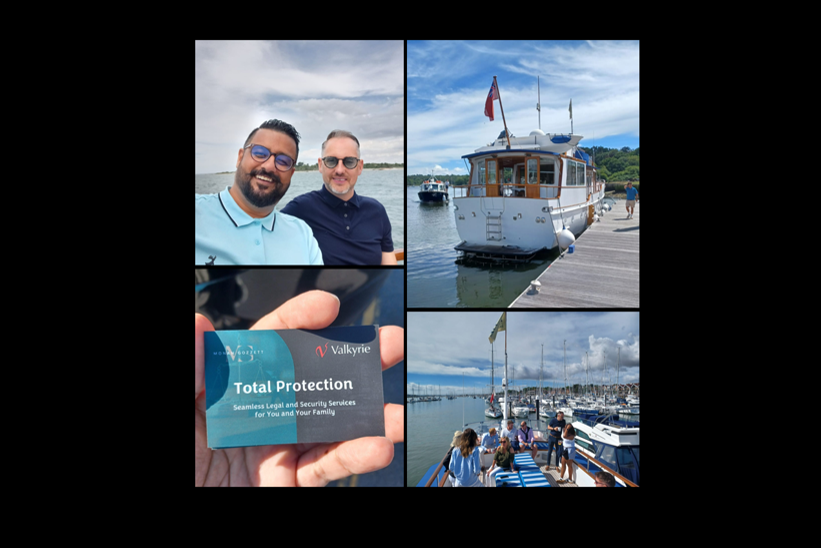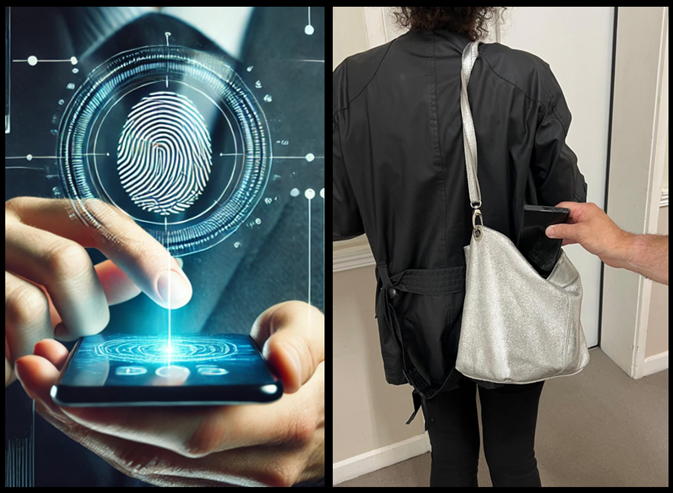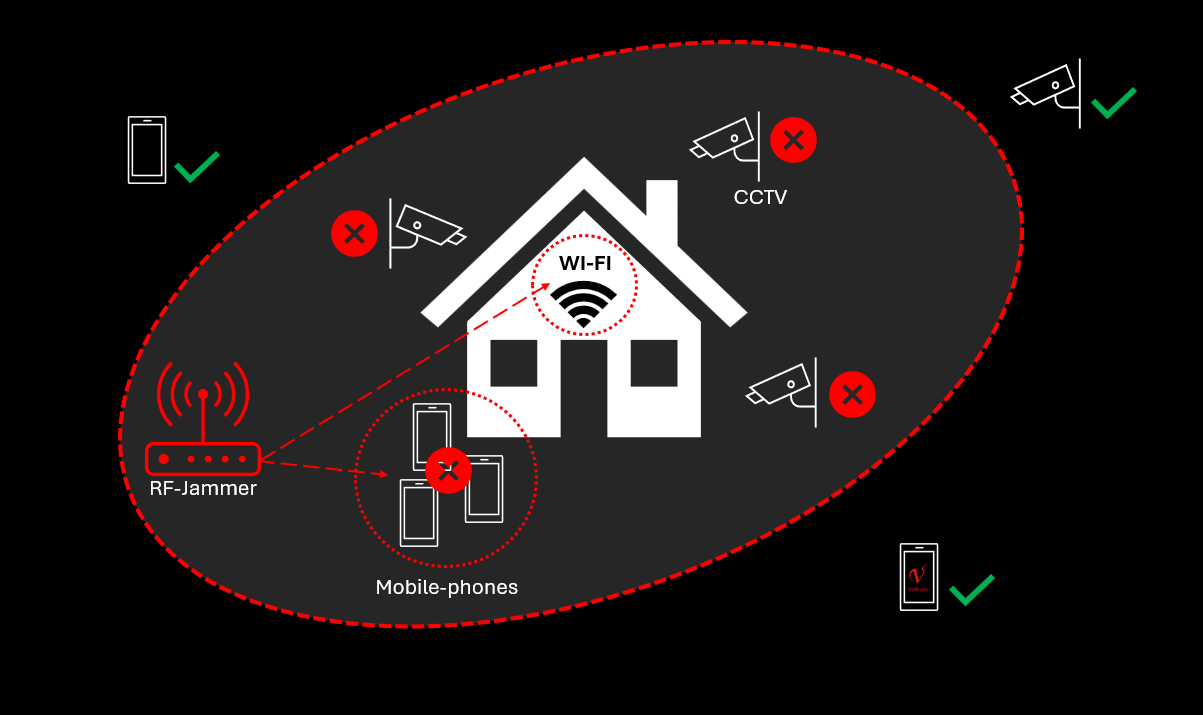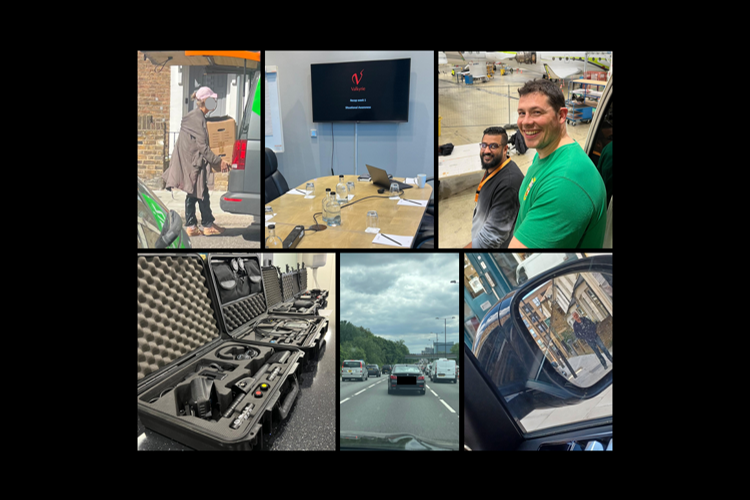Situational Awareness
Our lives move at a considerably faster pace these days, often encountering a number of distractions along the way on a regular basis. This combined with the rise of sophisticated crime is undoubtedly a call for greater situational awareness
Definition:
Situational awareness is being aware of what is happening around you in terms of where you are, where you are supposed to be, and whether anyone or anything around you is a threat to your safety. Our knowledge, experience and education enables us to understand what is going on around us and helps us to determine if it is safe. This means that everyone’s situational awareness is individual and potentially different. We use our situational awareness to make decisions and instruct others.
People are not born with a ‘sense of situational awareness’ – it’s a learned behaviour. Developing Situational Awareness requires adopting a 360-degree mindset. In simple terms, situational awareness is a fundamental key to your own personal safety and basically involves being more aware of your immediate surroundings. The real question is, can you develop a ‘sixth sense’ for danger while still being able to enjoy each and every moment. The next time you go into a bar, shopping centre, or when walking down the high street try to do these simple drills to sharpen your awareness. It’s a fact that good all-round situational awareness greatly assists in identifying perceived threats to your own personal safety at an early stage and thus allows for an effective response strategy to be implemented.
Our situational awareness can be further reduced in times of high workload or when under pressure to get a job done to time. In these situations, it is essential to maintain a high level of situational awareness. The following topics are some simple ways to increase your situational awareness
Electronic distractions:
Whether it’s staring down at your phone or listening to music, using electronic devices can seriously impair your ability to be aware of what is going on around you. Only use your devices after you’ve determined you are in an area or situation where it is safe to do so. Look up occasionally to re-scan your surroundings and make note of any changes. If you’re using headphones, consider using only one, or keeping the volume as low as possible in order to still be able to hear what is going on around you.
Peripheral vision:
For the most part, people use direct vision, but it is our peripheral vision that must be used when out in public. Without insulting your friend, attempt to have a conversation and observe what is happening around them, while still maintaining your focus point and listening to what they are saying. Learning this simple tactic, allows you to monitor a wider degree of space and detect something suspicious.
The Automatic scan:
So named because we do it naturally everywhere we go. The question is are we focused on the right things. Next place you go forget about focusing on things that don’t have to do with your personal safety and pay attention to the following:
1. Exits: Where are my exits and how accessible are they?
2. Barriers: For the good and for the bad. Barriers can get in your way, but they can also be used to keep someone away. Find your barriers and see how you could avoid them to reach an exit point, or how you would use them to keep a potential threat on the other side
3. Suspicious Objects: If something doesn’t look right, like an unattended bag, immediately notify a nearby worker and move away from the area as a precaution
4. Suspicious People: If someone is suspicious take action to notify others and remove yourself from his/her direct path. Use your mobile phone to discreetly take an image of the suspicious person if safe to do so
Watch your back:
Instead of continually looking over your shoulder, place your back against a surface if possible, to remove the possibility of someone getting behind you or in your blind spot. This is a great tactic when you are in a crowded area and cannot see everything (e.g. the drunk guy at a party, or a pushing crowd on the underground). In the next crowd you are in, try to identify strategic surfaces that you could stand in front of or lean against. Use your mobile phone camera on reverse setting which is another good way of observing what’s behind you.
Make use of reflective surfaces:
Reflective surfaces can work to your advantage because they can reveal what is going on either behind you or somewhere outside of your peripheral vision. For example, the next time you walk down a commercial street use the display windows to help see behind you – others include vehicle windows and mirrors, bus stops etc. Consider using your mobile phone with rear facing camera to scan who or what is behind you.
Stop and pretend:
If you think someone is following you we advise you do the ‘classic stop’, turn and pretend like you went the wrong way. Let the suspicious person pass you and if he/she doesn’t or reroutes to follow you, you can confirm you might have a potential follower. Note, this also applies to safety driving tactics of letting a car pass you if you feel you are being followed.
Become a hard target:
Maintaining an appearance of confidence in your manner is very important to how vulnerable you appear to a potential attacker/criminal. If you come across as very aware of your surroundings — people, physical locations and interpersonal interactions — then you become much less prone to being taken by surprise of any type of attack or threat of violence.
Your invisible circles:
We all have a sense of our personal boundaries of space or the distance we naturally keep when standing near strangers (just pay attention next time you enter an elevator and watch everyone gravitate to the furthest corners). When someone invades your personal space you should feel uncomfortable – look for the following:
1. Look at their hands – are they holding anything of concern or showing any intent of causing harm
2. Look for anything out of the ordinary – e.g. concealed items
3. Overall, are they demonstrating verbal aggression or threatening body language
For all of the above, immediately increase the distance between you and the threat. Generally, a 2-metre distance will allow you time to react and assess the situation for any further action required.
Visualisation:
Practice safety by using visualisation to assess a threatening situation and determine your actions. Take the time to visualise yourself in threatening situations and determine how you would react, assess and protect yourself from danger. By mentally visualising different scenarios you will develop a strong set of awareness skills and leave little to chance if ever confronted by a violent threat or attack.
Intuition:
Much is said about following your ‘gut instinct’ and as much has been said about how we ignore its signals. We have all experienced a visceral reaction to situations where things just didn’t add up and signified some type of threat or danger. Pay attention to these feelings or reactions – they will alert you, and if you listen, help to protect you. Adhering to these warning signs can obviously be applied to physical threats but can also act to warn you about people with questionable integrity.
Summary:
situational awareness is key to your personal safety. It is a fact that approx. 90% of the threats and attacks you could potentially face are preventable if good adherence to situational awareness is maintained. Remember, do not become too complacent
Tenets of Situational Awareness:
1. Always know what is going on around you and think about what might happen next
2. Always have a plan of what you will do next
3. Know where you are going and have alternate routes and a plan of action
4. If something doesn’t look/feel right it probably isn’t – DO SOMETHING ABOUT IT!
Personal safety begins with an individual’s awareness to their environment – no one can defend against danger they couldn’t see coming. Taking your safety seriously doesn’t just help you but can benefit others as well. Even practicing one of these skills on a regular basis can exponentially increase your situational awareness.
Valkyrie





